Kingdom Fungi | Scientific name Verpa conica Rank Species | |
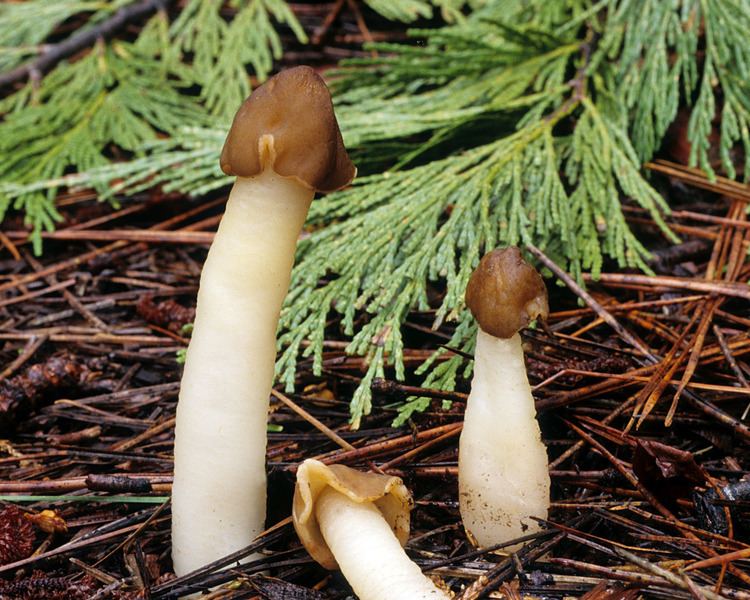 | ||
Similar Verpa, Verpa bohemica, Half‑free l, Morchellaceae, Mitrophora | ||
A la d couverte des verpes coniques verpa conica
Verpa conica, commonly known as the bell morel or the thimble fungus, is a species of fungi in the family Morchellaceae. Sometimes mistaken for a true morel (Morchella genus), this species is a "false morel" characterized by a cap resembling a thimble that is freely attached to the stem.
Contents
- A la d couverte des verpes coniques verpa conica
- Verpa conica fungi kingdom
- Taxonomy
- Description
- Microscopic features
- Distribution and habitat
- Edibility
- References
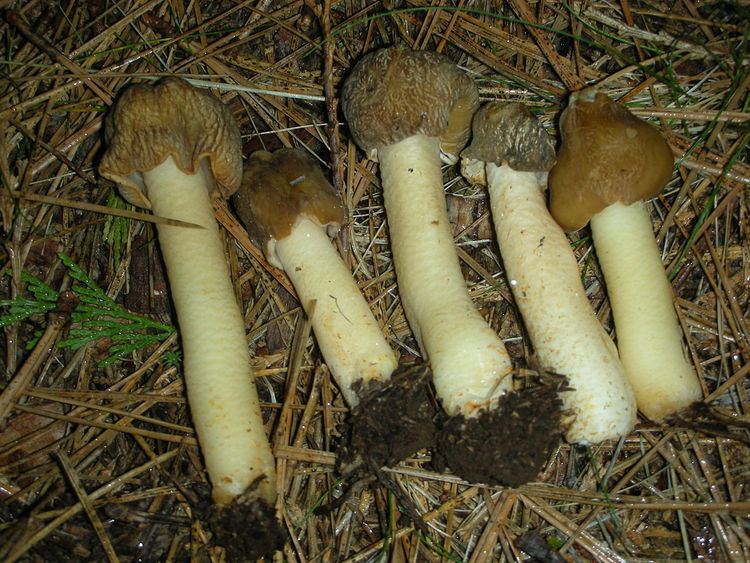
Verpa conica fungi kingdom
Taxonomy
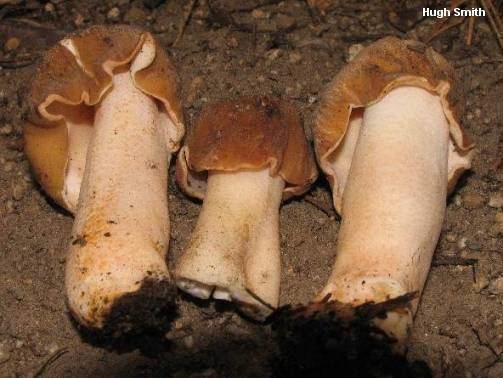
The species was first described under the name Phallus conicus by Otto Friedrich Müller in 1775. Later authors have moved the taxon to various genera: Persoon placed in Leotia in 1801, Samuel Frederick Gray transferred it Relhanum in 1821, while Otto Kuntze moved it to Monka in 1898. The species was transferred to Verpa by Olof Swartz in 1814.
Description
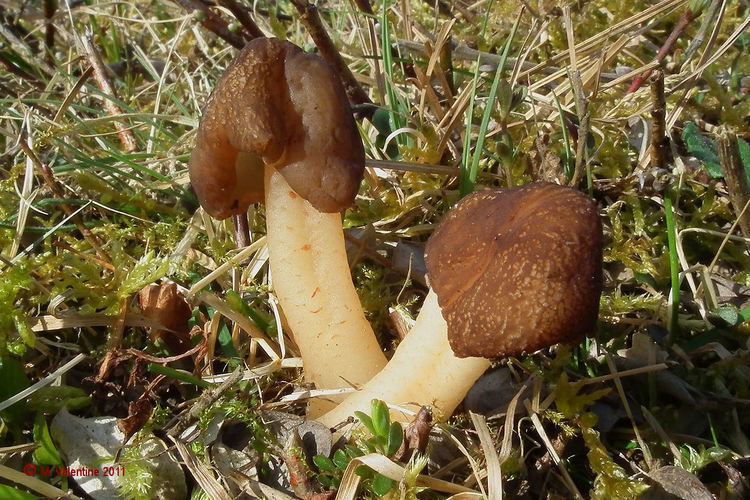
Fruiting bodies have a smooth cap that is bell-shaped or conical, and 1.5 to 4 cm (0.6 to 1.6 in) broad; it is attached to the top of the stem only, the margin of the cap is free – hanging like a skirt. The underside of the cap is tan to dark brown in color. The stem, which measures 5 to 11 cm (2.0 to 4.3 in) by 1 to 1.5 cm (0.4 to 0.6 in) thick, is white and tapers upwards so that the apex is slightly thicker than the base; the stem surface is either smooth or slightly fuzzy. It is generally hollow, although young specimens may be filled with cotton-like hyphae. The flesh is thin and brittle, and the cap can be easily broken off the stem.
David Arora notes that sometimes a variety with a wrinkled cap can be found, somewhat resembling a Gyromitra.
Microscopic features
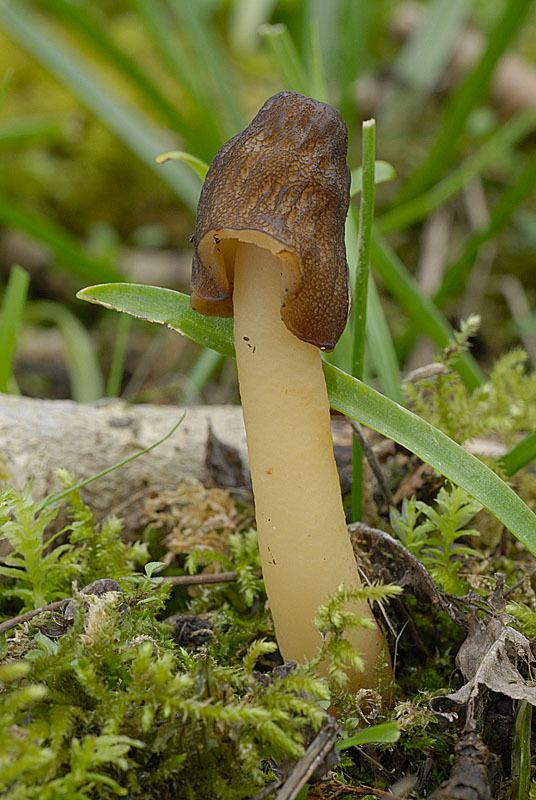
Spores are elliptical, smooth, hyaline, with dimensions of 28–34 by 15–19 µm. The asci are typically 500–550 by 21–27 µm, and eight spored. The paraphyses are club-shaped, branched, and septate.
Distribution and habitat
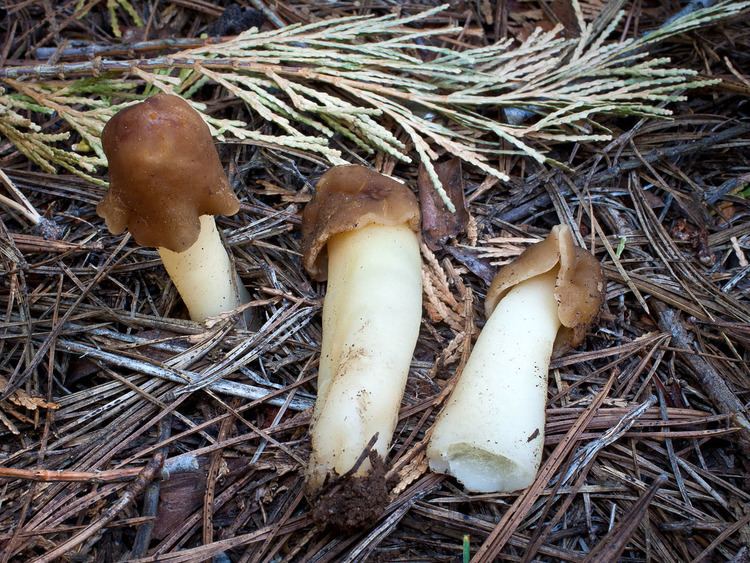
This species grows singly, scattered, or in groups on the ground in both hardwood and coniferous forests, often in river valleys, or along stream banks. It often fruits in late spring, usually near morel season. It has been reported to fruit abundantly in the chaparral scrubland in southern California.
Edibility
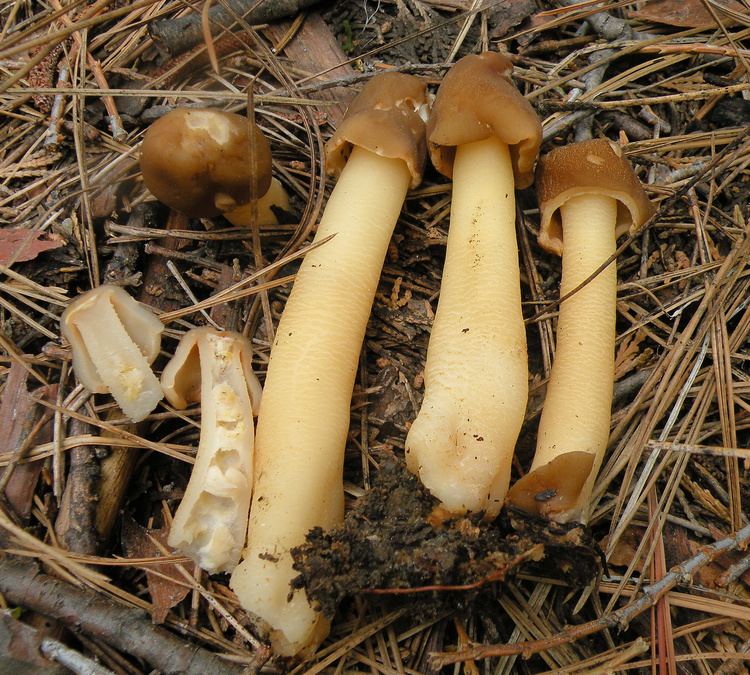
Although some authors claim the mushroom to be edible, others warn that it may cause gastrointestinal discomfort. It may be confused with the "early morel", species Verpa bohemica, which is not recommended for consumption.
